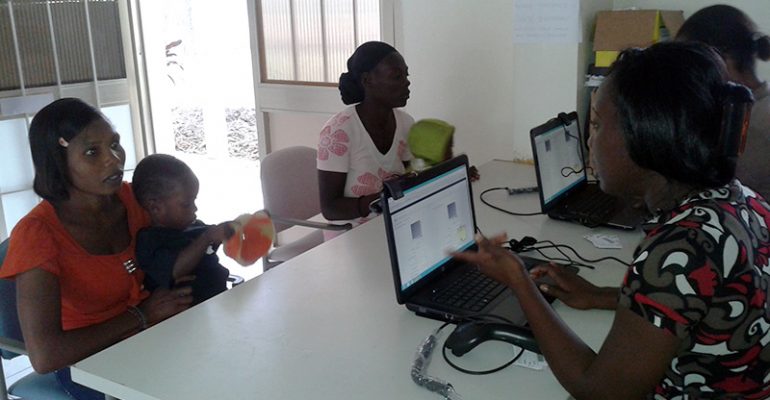Haiti is the poorest and most densely populated country in the Americas: around 45% of the population is made up of children and teenagers and, of the about 9 million population, more than half live with less than a dollar a day; 4 million Haitians survive in the slums of the capital Port au Prince. The health situation of the population is extremely serious: over 500 women, every 10,000 childbirths, die of complications, causing about 16% of the underage population to be orphaned at birth; every year 100 children per 1000, live at birth, do not reach the first year of age.
Haitian health and socio-sanitary facilities are different from each other and are mainly managed by non-governmental humanitarian organizations (NGOs) or Catholic Foundations with “volunteer” operators, characterized by inadequate human resources, different operating modes and lack of coordination. Costs for health care are high, services are replicated and ineffective for the ever-increasing demand for care and surgery.
RAST or Territorial Health Care Network is a project designed in Port au Prince by the Marcegaglia Foundation and the Salerno Haiti Association, in collaboration with other international and local partners to respond to the health emergency that is still pending today in Haiti.
RAST aims to create a network and day-to-day coordination between some hospital establishments in Haiti, facilitating first-time admission and hospitalization, thus reducing waiting times for each patient. To a disaggregated situation it’s necessary to respond with coordinated management, transforming an existing critical situation into opportunities for Haitian citizens.
The Network takes charge of the patient by sending him/her and / or address him/her to the most appropriate healthcare facility and treat him/her in the best way and in the shortest possible time.
Walter Jeremy’s Healthcare Presidents, Center de Sante ‘Foyer St. Camille, Saint Esprit Center of Croix de Bouquet of Scalabrinian Fathers, Clinik Saint Francois of Walf Jeremy are connected to each other through a common computerized system that enables them to quickly identify the most appropriate healthcare structure for the patient.

